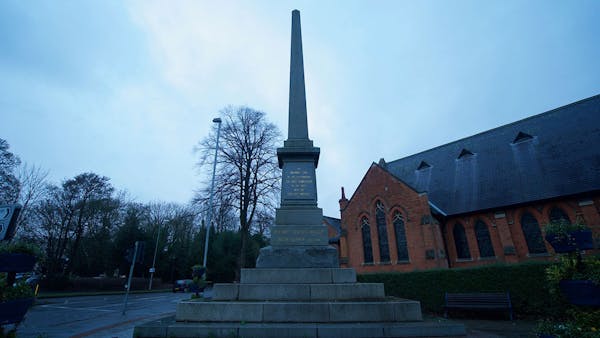MEDIEVAL SOCIETY
Society in Medieval Europ during the high middle ages was roughly divided into three parts, those who prayed, those who fought and those who worked. Those who fought were the aristocracy roughly divided into the lower aristocratic tier of knights and castellans (those who owned castles) and the upper aristocratic tier of dukes, counts, and barons. They were greedy and violent and their pillaging was a serious social concern throughout medieval Europe, leading the clergy of the time to set in motion various movements aimed at protecting those who were most vulnerable. Many of these movements were launched in the south of France.
One of the most significant aristocratic figures of in Medieval Europe during the high middle ages was Eleanor of Aquitaine, who was born into the highest level of aristocracy in southern France and was married to King Louis VII Of France, even accompanying her husband as he went to war in the second crusade. The next tier of society was made up of those who prayed or in other words the clergy of the day who were largely Benedictine monks, striving to live according to the Rule of Saint Benedict. Much of the ideals set forth by Benedict were not really emulated by his followers and the reality ended up falling far short. This led to several attempts being made to reform the order, one of which, the Cistercian Reform, originated at the monastery of Citeaux and was spearheaded by Bernard of Clairvaux. The monastery of Citeaux would later play a significant role in the Albigensian crusades of the 13th century when its abbot was named the chief director of the crusades. The lowest level of society was made up of those who worked and was divided among serfs, workers who were not free and those who were legally free. Much of these peasants felt the brunt of the feudalism that went on between the aristocracy and were mostly at the mercy of their feuding overlords.
The working classes were literate, industrious and hardworking significantly improving the lands and crops of their overlords. Another important part of the social fabric of Medieval Europe during the high middle ages was the rise of a movement of opposition against the Papacy, due largely to the fact that the working classes were quite literate and the Bible was available to them in their own languages, such as Provencal in Southern France. The high middle ages saw a significant swell in these opposition movements, especially in Italy, among the Waldenses and in Southern France among the Albigenses.

